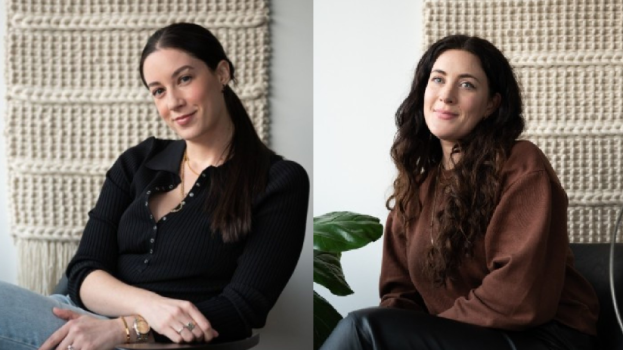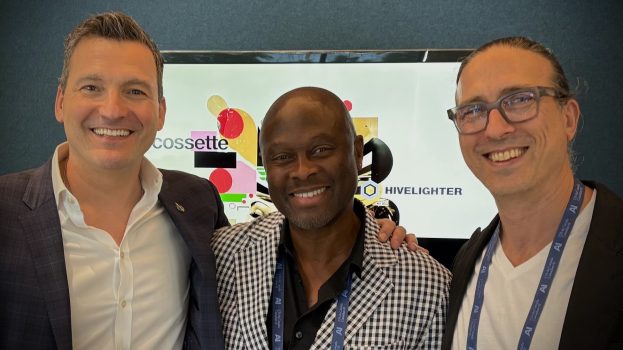
By Lisa Pasquin
As marketers, we pride ourselves on opening up hard conversations. About mental health. Racial injustice. Censorship. Loneliness. Body image. Aging. We use words like “brave” and “bold” to describe our work. We beat our chests about the fearlessness of our work.
And yet, at the same time, we actively hide from one of the hardest conversations of all: the one about our own compensation models.
It’s time we change our mindset on pay transparency. Here’s why.
Selfishly, it’s good for business. Companies that post pay data in their job postings receive 90% more applicants than those who don’t. More than half of all employees would consider switching jobs for one with greater pay transparency, as noted by compensation software provider Beqom. A recent survey by job site Glassdoor found that nearly two-thirds of employees would prefer to work at a company that discloses pay information over one that does not (this despite the fact that only 19% of employees say their company discloses pay ranges internally).
Forget ping pong tables and Thursday beer carts. Pay transparency is a clear and effective way to increase employee engagement and employee retention.
But it’s also good for our industry, and every person in it. March 7 is Equal Pay Day in Canada – a great time to remind ourselves that women in Canada still earn 89 cents for every dollar earned by men. According to the Canadian Women’s Foundation, racialized women take home, on average, less than 60% of a white man’s earnings. Among women and gender diverse people with a physical disability, only 16% report being fairly paid compared to their peers. According to the OECD, Canada has the eighth worst gender pay gap when ranked against more than 40 countries around the world.
The Canadian marketing community is not immune. A 2021 study from the World Federation of Advertisers (which included 3,000 respondents in the U.S. and Canada) confirmed “strong evidence” of a gender pay gap in the Canadian advertising industry. Women in advertising in Canada make 5% less than men in executive and c-suite positions, and an astonishing 20% less than their male counterparts at trainee and junior executive ranks. The gap for racialized employees at the junior level was even worse: 22%.
There are a lot of reasons why these pay discrepancies still persist, but the “ask gap” plays a major role.
Put simply, when the responsibility of starting salary discussions is placed on the employee (and let’s be honest, we’ve all been on at least one side of the “what salary range are you looking for?” interview question), women ask for 3.3% less, according to recent research by Hired.com. While that may not seem like a lot, it’s worth considering that a difference of just $1,000 in starting salary can lead to a cumulative lifetime loss of half a million dollars.
That same Hired.com research, however, showed that when job applicants were shown a median salary for the role they were applying for, the “ask gap” disappeared. Similar research done in colleges and universities found that salary transparency helped reduce the gender wage gap by 2.2 to 2.4 percentage points.
So it’s perhaps no surprise that the Canadian Women’s Foundation names pay transparency as one of three “bold steps” companies and governments can take to help close the gender pay gap, alongside ongoing audits of compensation and prioritization of workplace flexibility.
At Craft, we’ve been talking about salary transparency internally for a while. We shared salary bands for every level with the full team in 2021 and we include them in all of our job postings.
But today, in an effort to help fuel these discussions in a bigger way, we’re publicly sharing our salary bands – here, in this article, and on LinkedIn.
I’ll be honest: it doesn’t feel great. In fact, sharing such concrete numbers about our compensation levels makes me feel deeply uncomfortable. But I think that’s why we need to do this. And I hope others will join me, because opening up these conversations can make a real and tangible difference for everyone in our industry. And what’s bolder and braver than that?
So here we go. Now that I’ve shown you mine, will you show me yours?

Lisa Pasquin is founder and president of Craft Public Relations.
Feautred image by Andrii Zastrozhnov.






















